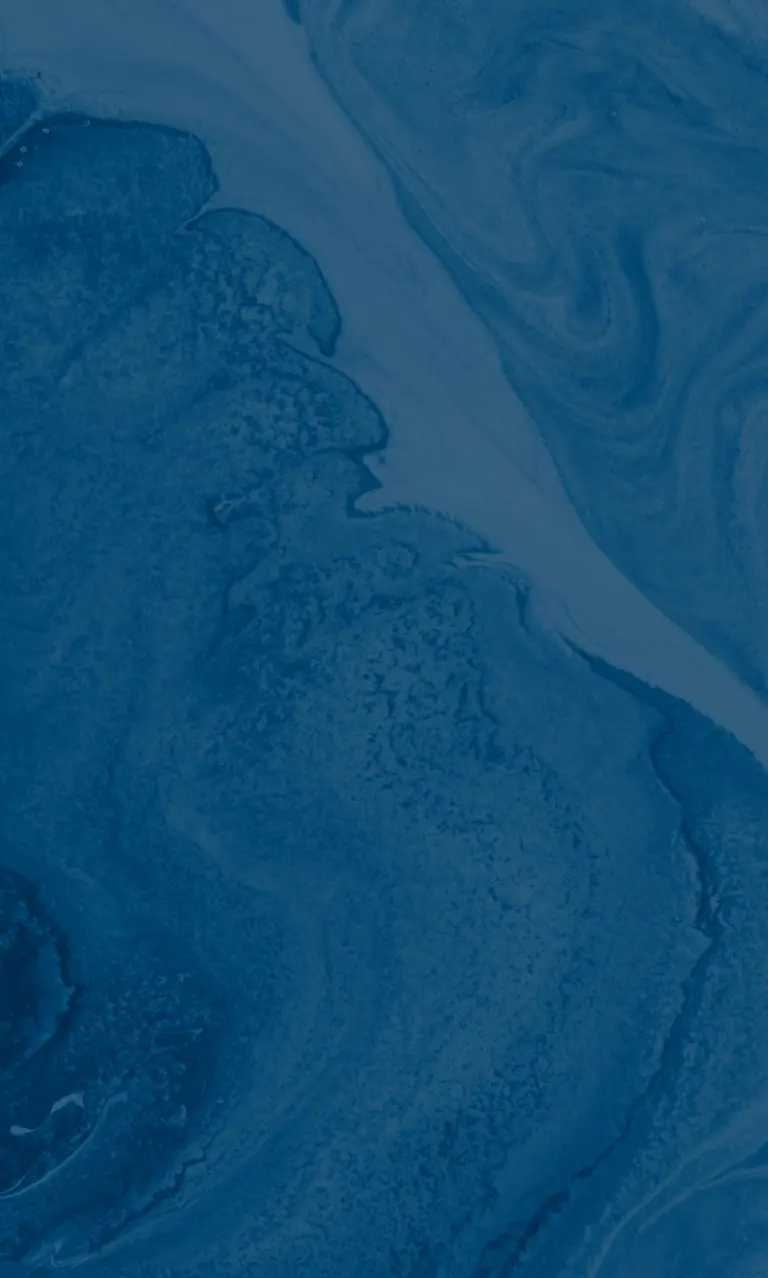Rapace Airborne sensor-assisted recovery
The capacity to spot surface slicks from a ship’s bridge is extremely limited. Continuous tracking of slicks in the area around a support vessel can greatly enhance operational effectiveness in the recovery and treatment of pollution, by assessing its extent, pinpointing its location and organising the necessary on-site response. Resources can be pooled, operations planned, ships positioned, and recovery or treatment processes put in place.
Spin-offs and future developmentsThe RAPACE project was designed to develop a tethered flying device deployed from a ship as a ‘remote monitor’ up to a height of 150m. RAPACE can accommodate several types of sensors – visible and infrared cameras, scanners and more – to supply georeferenced HD aerial images within a one-mile radius of a ship. The device can maintain a fixed observation altitude for an unlimited period (weather permitting) without an operator’s intervention.
- Emergence of a new concept in aerial devices
-
2 demonstrators produced and tested
The RAPACE project is also recognised by the Pôle Mer Méditerranée cluster.
Partners
Entreprise
- Cedre, Brest
- Geocean, Cassis [Porteur de projet]
- Cybernetix, Marseille
- Thomsea, Saint-Hilaire-de-Riez
Autres partenaires
- CEPPOL, Brest
Centres de recherche
- LNE, Paris
- EIGSI, La Rochelle
Funders
- Agence Nationale de la Recherche
